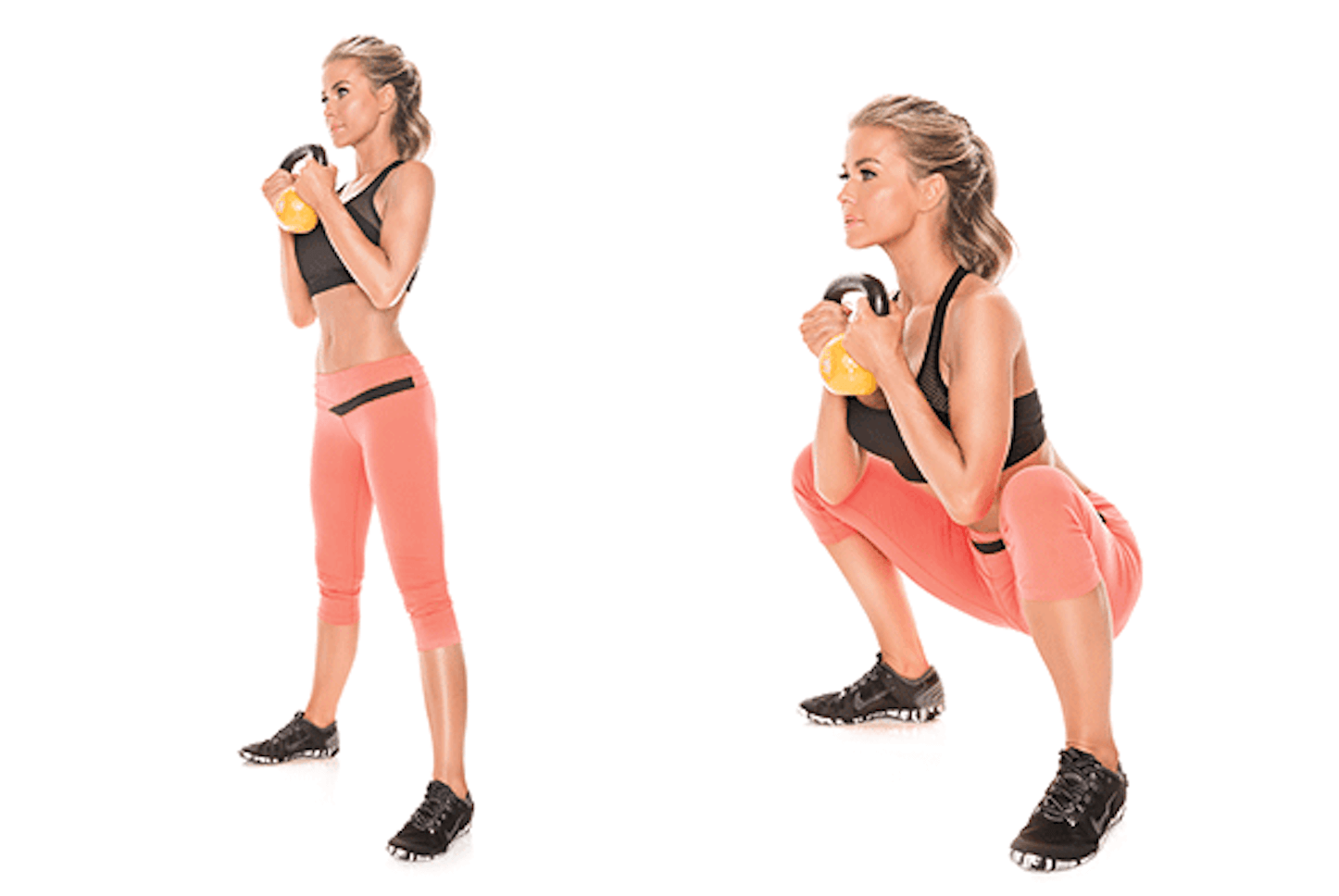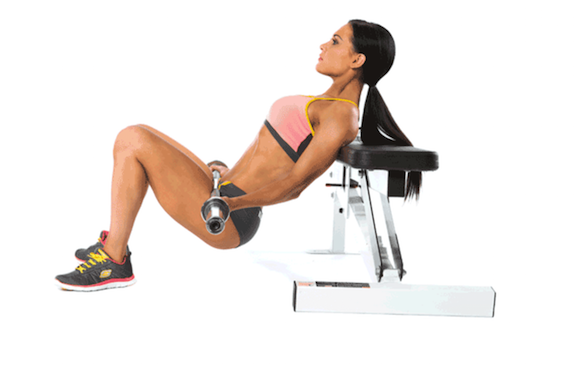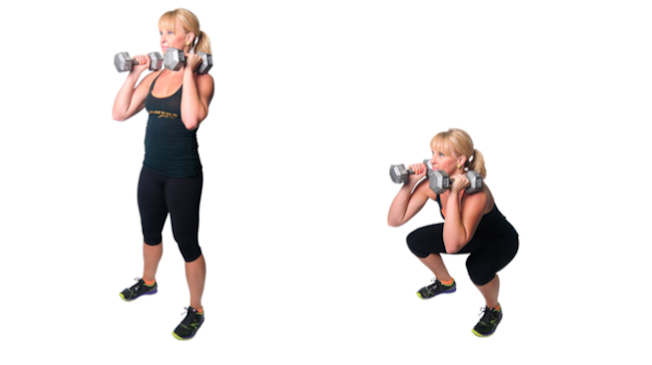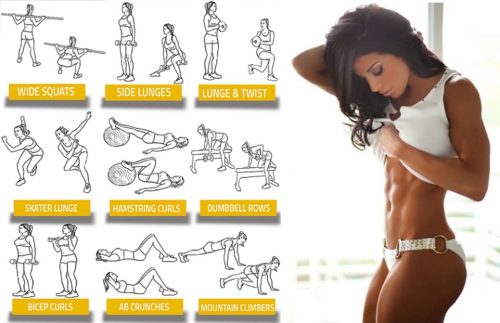There are things to consider when wanting to build muscle in target areas for women, like choosing an exercise that’s appropriate for your experience level or how to look proportional.
Some are complex so there’s a good chance that you haven’t considered all of them. Exercises that include lifts with active insufficiency or passive tension is something that is easily learnt and beneficial.
Below are some of the best muscle building exercises for women.

Your Experience Level
Hip thrusts are an excellent lift for building up your glutes.
It is also an extremely complex lift. You need to brace your core, keep your ribs down towards your pelvis and keep your back from excessively arching.
A solid hip extension is initiated by the glutes and hamstrings.
If you don’t do it right, you will be working out your back instead of your glutes. Doing that won’t help you with your goals and could put you in a position for an injury.
If you do a simple lift like the glute bridge, then having your back against the floor will allow you to keep in a neutral position more easily, allowing your glutes to do the heavy lifting.
A simpler lift can be better for building muscle if it allows you to hit the muscles you are trying to grow.
There is also less risk of injury, allowing you to keep exercising long enough to reach your goals.

What Workout Equipment Do You Have?
You don’t need a lot of equipment to build muscle. It is better to pick an exercise that is just enough to stimulate your muscles to grow.
Some of these simpler exercises teach you how to move better.
A goblet squat, You can’t hold as much weight as you could load up onto your back with a traditional barbell back squat, but it has many advantages over the back squat.
The goblet squat can be performed at home or the gym as all you need is a kettlebell or dumbbell.
Because the weight is in front of your body, it automatically helps to engage your core, this keeps you safe when doing any heavy squat movement.
The weight acts as a counterbalance, allowing you to properly squat deep. This increases the range of motion that you’re building strength in.
It’s a much safer lift for beginners than the back squat because it helps with engaging form for the squat movement and the weight is only as heavy as you can hold.
This also saves time in the gym because it works out your upper body at the same time as your lower body.

Compound Versus Isolation Lifts
To build muscle you want to optimise the:
- mechanical tension
- metabolic stress
You can do this best by using heavier weights through the main movements.
Those movements would include:
- The dumbbell deadlift (hip hinge)
- Goblet squat (squat)
- Dumbbell row (pull)
- Dumbbell bench press (push)
- Any anti rotational exercise
- Farmer carry (loaded carry)
A good workout will have a mix of both compound and isolation lifts for your entire body. Both helps to build more evenly developed muscle mass, more muscle mass overall and more strength.
Adding in isolation exercises too your compound exercises can help you reach your goals faster. You might not be trying to build your biceps really big, but chin ups (compound exercise) are great for building up biceps, introducing (isolation exercise) like bicep curls, resulted in total arm growth.
Begin your workout with heavy compound lifts and then finish with lighter accessory or isolation lifts.
You may find that doing 8–10 reps of the goblet squat for a few sets will help grow your glutes well.
Finish with additional lighter isolation work, such as a higher rep glute bridge or some clamshells with resistance:
- A band
- A light weight held in place on your leg
- Pushing against your hand
This will increase even more glute growth.

Progression And Variety
To stimulate every part of your muscles is to do a wide variety of great exercises that hit your muscles in slightly different ways.
It’s important that you don’t switch your exercises too often. When you learn a new lift, you’ll adapt by improving your coordination through practice.
Once you’re good at doing the lift, you’ll adapt by building more muscle. If you keep switching your exercises before being good at them, all you will be doing is improving your coordination, not gaining muscle.
Stick with an exercise for 5–10 weeks before progressing to a new one.
When you decide to progress to a new one, do it slowly to get what you can out of each exercise, to minimise frustration and to reduce the chances of injury.
You wouldn’t go from a goblet squat straight to a barbell back squat. Go in smaller steps, from a goblet squat to a double dumbbell front squat.
Once you’ve achieved what you can out of that, then graduate to a barbell front squat. Finally, when you’ve mastered that, move onto the barbell back squat.

Vary Your Exercise Stance
Altering your grip will hit different fibres of your muscle and muscle groups. There are 3 types:
- Pronated/overhand
- Neutral
- Supinated/underhand
Work out your back with a row, you can hit different parts by changing your grip but only after you’ve done one grip for a few weeks.
Switch up your hand position. When it comes to a push up, bringing your hands closer together into a diamond position will put more stress on your triceps. If you go wider, your pecs will target more stress, resulting in muscle build.
Change your stance with your feet. When it comes to the deadlift, a hip hinge movement, you can grab the weight between your legs and stand wider like the dumbbell sumo deadlift exercise.
This will keep you upright and can be a simpler exercise to start with. Being more upright will work your quads more too.
As you get stronger and want to progress, stand narrower and grab the weights on the outsides of your legs. This will make your upper body more horizontal as you pick up the weight.
This would work your lower back and your hamstrings more. If the barbell or dumbbell is too low for you or you have limited mobility, you could do raised deadlifts and move the weight off the floor to keep the progression in smaller steps.
Same hip hinge movement, but different muscle groups and muscle fibres being worked.

Change Your Exercise
Take your dumbbell bench press exercise and change the angle of the bench, using a flat bench would hit your pecs. If you change the bench to sit up and do the incline dumbbell bench, it works your shoulders and upper pec fibres. You can even do the decline dumbbell bench where it hits your lower pecs.
Start with simpler lifts, you don’t need much stimulus to get going and it will be much safer.
As your muscles get stronger, your mobility improves and your co-ordination becomes solidified through practice, then you can move onto more complex lifts that have a higher reward ratio.
You can also use active insufficiency to target some muscles by slackening others. In a hip thrust your hamstrings will be shortened when your knees are bent, making them so they can’t fire as well. This will allow your glutes to take over and do most of the work which will help get the stimulus they need.



Post your comment